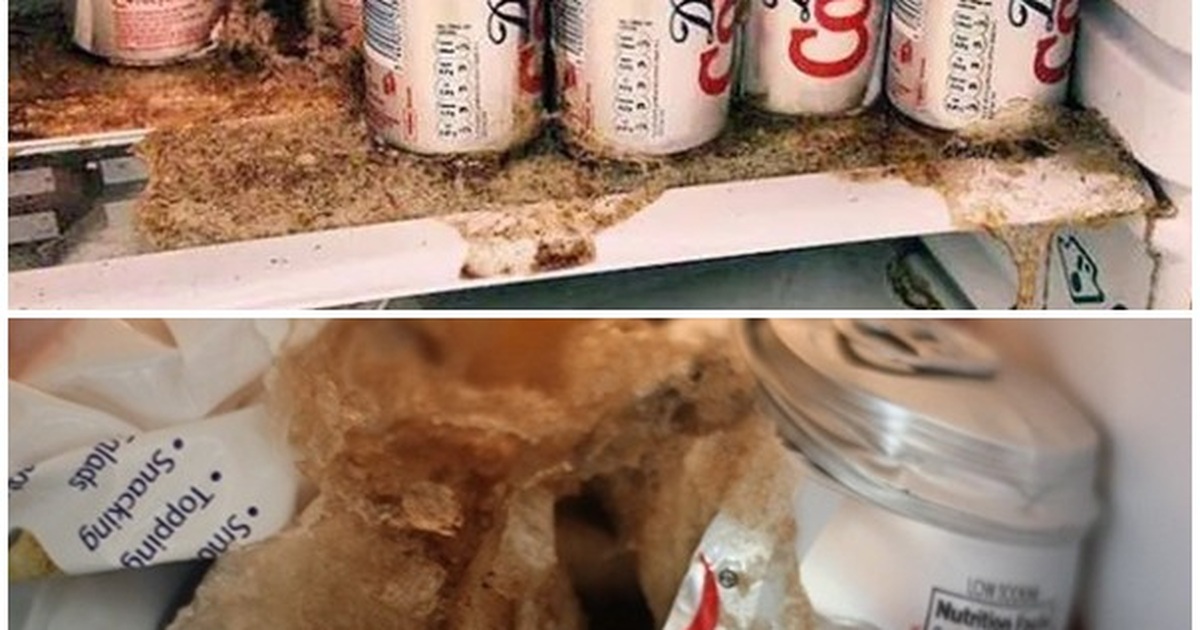

Articles
Why Does Soda Explode In The Freezer
Modified: August 30, 2024
Discover why soda bottles often explode when left in the freezer in this informative article. Learn about the science behind the phenomenon and how to avoid a sticky mess.
(Many of the links in this article redirect to a specific reviewed product. Your purchase of these products through affiliate links helps to generate commission for Storables.com, at no extra cost. Learn more)
Introduction
Have you ever experienced the frustration of opening your freezer only to find a sticky, fizzy mess of soda spewed all over the place? If so, you’re not alone. Many people have wondered why soda bottles tend to explode in the freezer, causing a mess and potentially damaging the appliance.
In this article, we will delve into the science behind soda explosions in the freezer. We will explore the role of carbonation, the expansion of liquids upon freezing, the formation of ice crystals, and the pressure buildup that can lead to these explosive incidents. Additionally, we will discuss the importance of proper temperature regulation and provide tips on how to prevent soda explosions in the freezer.
So, if you’ve ever been curious about the reasons behind soda explosions or if you’ve been dealing with this issue and want to put an end to it, read on to uncover the mysteries behind this frozen beverage debacle.
Key Takeaways:
- Prevent soda explosions by maintaining freezer temperature at 32°F, leaving room for expansion, and using plastic bottles. Enjoy fizzy beverages without the fear of messy freezer mishaps.
- Understand the science behind soda explosions to prevent them. Proper temperature regulation, bottle type, and freezer organization are key to avoiding fizzy disasters.
Read more: Why Does Tempered Glass Explode
The Science Behind Soda Explosions
Soda explosions in the freezer occur due to a combination of factors involving carbonation, freezing, and pressure buildup. To understand why this happens, let’s take a closer look at each of these elements.
Carbonation is the process through which carbon dioxide (CO2) gas is dissolved in the liquid. When soda is manufactured, it is infused with carbon dioxide under high pressure. This results in the formation of carbonic acid, giving the beverage its fizzy sensation.
When soda is exposed to a low temperature in the freezer, the solubility of CO2 decreases significantly. As a result, the carbon dioxide gas starts to escape from the liquid and form bubbles. These bubbles gather near the surface of the liquid, creating pressure inside the bottle.
As the soda continues to freeze, other substances in the liquid, such as water, also expand. While most liquids contract when they freeze, soda is an exception due to its sugar and dissolved gas content. This characteristic causes the soda to expand as it solidifies, putting even more pressure on the bottle.
Simultaneously, the freezing of the liquid forms ice crystals throughout the bottle. As the ice crystals grow, they take up more space and exert additional force on the bottle walls. This expansion, combined with the pressure from the escaping gas, can lead to the bottle rupturing or exploding.
The buildup of pressure occurs because the freezer temperature is not conducive to slow and controlled carbon dioxide release. Instead, the escaping gas accumulates quickly inside the bottle until it reaches a point where it can no longer contain the pressure, resulting in a messy and sometimes explosive release.
Understanding these scientific processes can help us address the issue and prevent soda explosions in the freezer. By implementing specific precautions and temperature regulations, we can ensure that our favorite carbonated beverages stay intact and our freezers remain clean.
The Role of Carbonation
Carbonation plays a crucial role in the formation of soda explosions in the freezer. As mentioned earlier, carbonation is the process of dissolving carbon dioxide (CO2) gas in the liquid. This gives soda its characteristic fizziness and contributes to its unique taste and mouthfeel.
During the manufacturing process, soda is carbonated by injecting it with carbon dioxide under high pressure. This pressure forces the carbon dioxide gas to dissolve in the liquid, creating carbonic acid. This acid enhances the overall flavor and gives soda its refreshing effervescence.
However, when soda is subjected to low temperatures, such as those found in the freezer, the solubility of carbon dioxide decreases. This means that the gas is no longer as easily absorbed by the liquid, leading to the formation of bubbles.
These bubbles, filled with carbon dioxide gas, start to accumulate near the surface of the liquid. As they gather in larger numbers, they create pressure inside the bottle. This pressure is what eventually leads to soda explosions if it becomes too great.
It’s important to note that not all types of carbonated beverages are equally prone to freezing and exploding. The level of carbonation can vary among different sodas, and this can influence their behavior in the freezer. For example, sodas with higher carbonation levels may experience more significant pressure buildup and are therefore at a higher risk of exploding.
Furthermore, the type of bottle used for carbonated beverages also plays a role. Plastic bottles tend to be more flexible than glass bottles, thus allowing for more expansion and reducing the likelihood of bursting. However, even with plastic bottles, the pressure can still build up to the point of explosion if proper precautions are not taken.
Understanding the role of carbonation in soda explosions is crucial for preventing such incidents from occurring. By being aware of the interaction between carbonation and freezing temperatures, we can take steps to minimize the risks and safely store our favorite carbonated beverages in the freezer.
Expansion of Liquids Upon Freezing
When liquids freeze, they typically contract and occupy less space. This is a common phenomenon observed with most liquids, but soda behaves differently due to its unique composition.
One of the main components of soda is sugar, which acts as a natural antifreeze agent. The sugar acts to lower the freezing point of the liquid, allowing it to stay in a liquid state at lower temperatures than pure water. As a result, soda can remain in a liquid state even when exposed to freezing temperatures.
However, the presence of sugar and dissolved gases in soda causes it to expand rather than contract when it freezes. As the temperature drops, the water molecules in the soda start to arrange themselves into a structured pattern to form ice crystals. The process of ice crystal formation takes up more space than the liquid state, leading to an expansion of the soda.
This expansion of the liquid can exert significant force on the container housing the soda, especially if it is confined in a sealed bottle. As the volume of the soda increases, it creates additional pressure within the bottle, making it more prone to rupture or explode.
It’s worth mentioning that the expansion of liquids upon freezing is not exclusive to soda. Other substances with high water content, such as juices or alcoholic beverages, can also undergo expansion when frozen. However, soda, with its combination of sugar, dissolved gas, and water, has a more pronounced expansion effect.
To prevent the expansion of liquids from causing soda explosions, it is important to take precautions when storing soda in the freezer. Ensuring that the bottles have some room for expansion can help alleviate the pressure buildup and minimize the risk of accidents.
Understanding how liquids expand upon freezing is a crucial step in preventing soda explosions in the freezer. By being mindful of the expansion characteristics of soda and taking appropriate storage measures, we can enjoy our favorite carbonated beverages without the fear of encountering a fizzy mess in our freezers.
The Formation of Ice Crystals
When soda is exposed to freezing temperatures, the formation of ice crystals occurs as the liquid transitions from a liquid state to a solid state. This process is influenced by various factors, including temperature, composition, and the presence of impurities.
As the temperature of the soda drops, the water molecules within the liquid start to slow down and eventually arrange themselves into a structured pattern. This process is known as nucleation, where small ice crystals begin to form.
The presence of impurities, such as dissolved gases, sugar molecules, and other solutes in the soda, can affect the freezing process. These impurities can interrupt the formation of ice crystals by disrupting the orderly arrangement of water molecules. This results in a lower freezing point, allowing the soda to remain in a liquid state at lower temperatures than pure water.
However, as the cooling process continues, the ice crystals begin to grow and spread throughout the liquid. The expansion of these ice crystals takes up more space than the liquid state, causing the volume of the soda to increase. This expansion can put pressure on the container housing the soda, potentially leading to the bottle rupturing or exploding.
The formation of ice crystals is a complex process influenced by various factors, such as the temperature at which the soda is exposed to freezing conditions and the amount of impurities present. Different sodas with varying compositions may experience different rates of ice crystal formation and expansion.
To prevent the formation of excessive ice crystals and subsequent pressure buildup, it is crucial to handle soda bottles with care when placing them in the freezer. Allowing some room for expansion within the bottles can help alleviate the pressure and minimize the risk of soda explosions.
Understanding the formation of ice crystals in soda provides insights into the potential risks of storing carbonated beverages in the freezer. By taking preventive measures and managing freezing conditions, we can enjoy our soda without the worry of encountering a fizzy catastrophe in our freezers.
To prevent soda from exploding in the freezer, make sure to leave enough space in the bottle for the liquid to expand as it freezes. A good rule of thumb is to leave at least 1/4 of the bottle empty.
Read more: Why Does A Light Bulb Explode
Pressure Buildup in the Freezer
When soda is placed in the freezer, pressure can build up due to a combination of factors including carbonation, expansion of liquids, and the formation of ice crystals. As these processes occur simultaneously, the pressure inside the bottle can increase to dangerous levels if not managed properly.
As mentioned earlier, carbonation plays a significant role in the pressure buildup. When soda is manufactured, carbon dioxide gas is dissolved in the liquid under high pressure. This creates carbonic acid and gives the soda its characteristic fizziness. However, when exposed to lower temperatures in the freezer, the solubility of carbon dioxide decreases, causing the gas to escape from the liquid and form bubbles. These bubbles collect near the surface and, as they accumulate, they create pressure inside the bottle.
Furthermore, the expansion of liquids upon freezing adds to the pressure buildup. While most liquids contract when they freeze, soda behaves differently due to the presence of sugar and dissolved gases. The expansion of these components, combined with the formation of ice crystals, causes the volume of the soda to increase. This expansion puts additional pressure on the bottle and can contribute to the potential rupture or explosion.
Inside the freezer, the cooling process can be uneven, leading to varying temperatures throughout the freezer compartment. This temperature fluctuation can exacerbate the pressure buildup in the soda bottles. Additionally, if the freezer is overcrowded, inadequate air circulation can cause uneven cooling and create hot spots, further increasing the risk of pressure buildup.
It’s important to note that the type of container used to store the soda can also influence the pressure buildup. Sealed bottles, such as plastic or glass soda bottles, are particularly susceptible to pressure buildup as there is limited room for expansion. The pressure can become too great for the container to withstand, resulting in a rupture or explosion.
To prevent pressure buildup and potential soda explosions, it is crucial to handle and store soda bottles carefully in the freezer. Leave some space for expansion within the bottles and ensure they are not overcrowded. Additionally, regulating the temperature in the freezer for even cooling can help minimize the risk of pressure buildup.
Understanding the factors contributing to pressure buildup in the freezer enables us to take proactive measures to prevent soda explosions. By being mindful of the interaction between carbonation, liquid expansion, ice crystal formation, and freezer conditions, we can safely enjoy our favorite carbonated beverages without fear of their explosive tendencies.
The Importance of Proper Temperature Regulation
Proper temperature regulation is crucial when it comes to storing soda in the freezer. Maintaining the correct temperature helps prevent the pressure buildup and potential soda explosions that can occur when carbonated beverages are exposed to freezing conditions for an extended period of time.
One of the key factors to consider is the freezing point of the soda. As mentioned earlier, soda contains various dissolved components, such as sugar and carbon dioxide, which lower the freezing point of the liquid. This means that soda can remain in a liquid state at temperatures below the freezing point of pure water.
However, storing soda at temperatures too close to or below its freezing point can increase the risks of pressure buildup and soda explosions. It’s essential to maintain a freezer temperature that is cold enough to keep the soda chilled but not so cold that it causes the soda to freeze entirely.
The ideal temperature for storing soda in the freezer is around 32°F (0°C), which is just above the freezing point of water. This temperature ensures that the soda remains chilled without completely solidifying into ice. By keeping the soda in this temperature range, you can minimize the expansion of the liquid and prevent excessive pressure buildup.
It is also important to note that freezer temperatures can fluctuate due to factors such as door openings, power outages, or temperature settings. These temperature fluctuations can affect the stability of the soda and potentially increase the risk of pressure buildup. Monitoring the freezer temperature regularly and adjusting it as needed is crucial for maintaining a stable environment for your carbonated beverages.
In addition to temperature regulation, it is essential to avoid overcrowding the freezer or blocking airflow within the freezer compartment. Proper air circulation helps maintain a more consistent temperature distribution and prevents localized hot spots that can contribute to pressure buildup in soda bottles.
By taking these temperature regulation measures, you can minimize the risks of pressure buildup and soda explosions in the freezer. It allows you to enjoy your carbonated beverages without the fear of encountering a fizzy mess and ensures the longevity of your freezer appliance.
Preventing Soda Explosions in the Freezer
While soda explosions in the freezer can be a frustrating and messy experience, there are preventive measures you can take to minimize the risks. By following these guidelines, you can enjoy your favorite carbonated beverages without the fear of encountering a fizzy catastrophe:
- Check the freezer temperature: Ensure that your freezer is set to a temperature above the freezing point of water, around 32°F (0°C). This temperature helps maintain the soda in a chilled state without freezing it entirely.
- Leave room for expansion: When placing soda bottles in the freezer, leave some space for expansion. Avoid overfilling the freezer with soda bottles as this can lead to pressure buildup. Giving the expanding liquid some room to grow can help alleviate the pressure and reduce the risk of explosions.
- Avoid rapid temperature changes: Avoid exposing soda to sudden temperature changes. For example, do not take a warm soda bottle and place it directly into a freezer as this can cause rapid pressure changes and increase the chances of explosion. Allow the soda to cool naturally before putting it into the freezer.
- Organize the freezer: Keep the freezer organized to allow proper airflow and prevent overcrowding. Adequate air circulation helps maintain a stable temperature throughout the freezer compartment, reducing the risk of localized hot spots and pressure buildup.
- Monitor freezer conditions: Regularly check and monitor the temperature in your freezer to ensure it is stable and within the recommended range. Take note of any temperature fluctuations and address any issues promptly to avoid potential problems with the soda bottles.
- Use appropriate container types: Consider using plastic bottles for carbonated beverages as they are more flexible and less likely to burst under pressure. Glass bottles, on the other hand, may be more prone to shattering due to pressure buildup. Additionally, using screw-top containers or plastic caps can provide an extra layer of protection.
- Rotate your soda inventory: If you have a habit of storing soda in the freezer for long periods, consider rotating your inventory more frequently. This practice ensures that the soda is consumed before it reaches its expiration date and reduces the chances of pressure buildup due to extended storage periods.
By following these preventive measures, you can significantly reduce the risk of soda explosions in the freezer. Proper temperature regulation, leaving room for expansion, organizing the freezer, monitoring conditions, and using appropriate container types all contribute to a safe and enjoyable storage experience for your carbonated beverages.
Remember, prevention is key when it comes to avoiding soda explosions. Implementing these measures will help ensure that your freezer remains clean and intact, and your favorite carbonated beverages remain refreshing and enjoyable.
Conclusion
Soda explosions in the freezer can be a frustrating and messy ordeal, but by understanding the science behind these incidents and taking preventive measures, you can minimize the risks and enjoy your favorite carbonated beverages without the fear of encountering a fizzy catastrophe.
We explored the roles of carbonation, expansion of liquids, ice crystal formation, and pressure buildup in soda explosions. Carbonation, the process of dissolving carbon dioxide in the liquid, contributes to the buildup of pressure within the bottle when exposed to freezing temperatures. The unique composition of soda, including sugar and dissolved gases, causes the liquid to expand upon freezing and leads to the formation of ice crystals.
Proper temperature regulation is crucial in preventing soda explosions. Maintaining a freezer temperature just above the freezing point of water ensures that the soda remains chilled without completely solidifying. Leaving room for expansion in the soda bottles and avoiding rapid temperature changes can further alleviate pressure buildup.
Additionally, organizing the freezer, monitoring conditions, and using appropriate container types, such as plastic bottles, contribute to preventing soda explosions. Regularly checking and adjusting the freezer temperature, along with rotating your soda inventory, helps maintain a stable environment and reduce the risk of pressure buildup.
In conclusion, by following the preventive measures outlined in this article, you can enjoy your carbonated beverages without the worry of soda explosions in the freezer. By understanding the science behind these incidents and acting accordingly, you can ensure that your freezer remains clean, your soda stays intact, and your enjoyment of your favorite carbonated beverages is uninterrupted.
So, the next time you reach for a cold soda from the freezer, you can do so with peace of mind, knowing that you’ve taken the necessary steps to prevent those dreaded soda explosions.
Frequently Asked Questions about Why Does Soda Explode In The Freezer
Was this page helpful?
At Storables.com, we guarantee accurate and reliable information. Our content, validated by Expert Board Contributors, is crafted following stringent Editorial Policies. We're committed to providing you with well-researched, expert-backed insights for all your informational needs.

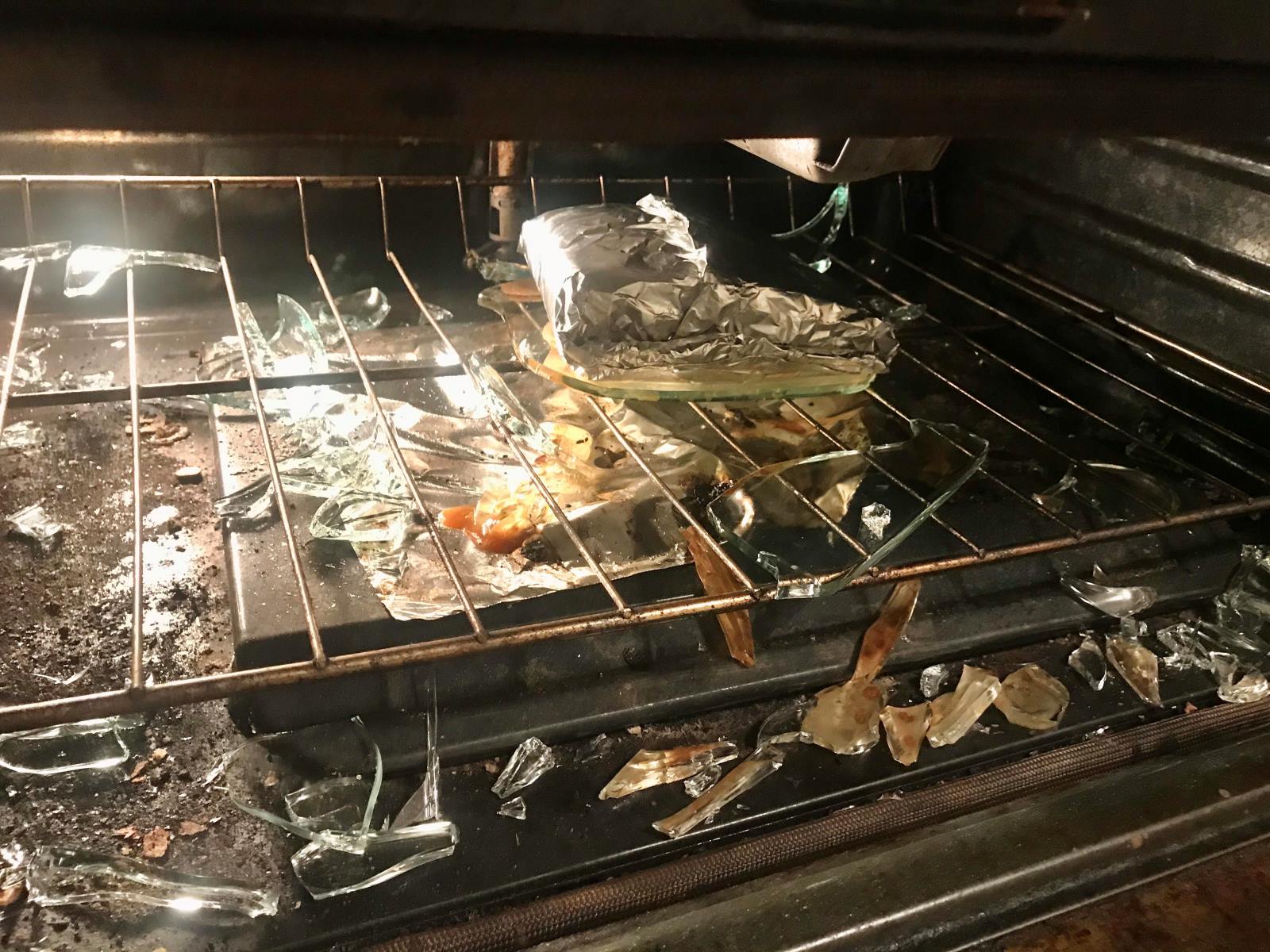
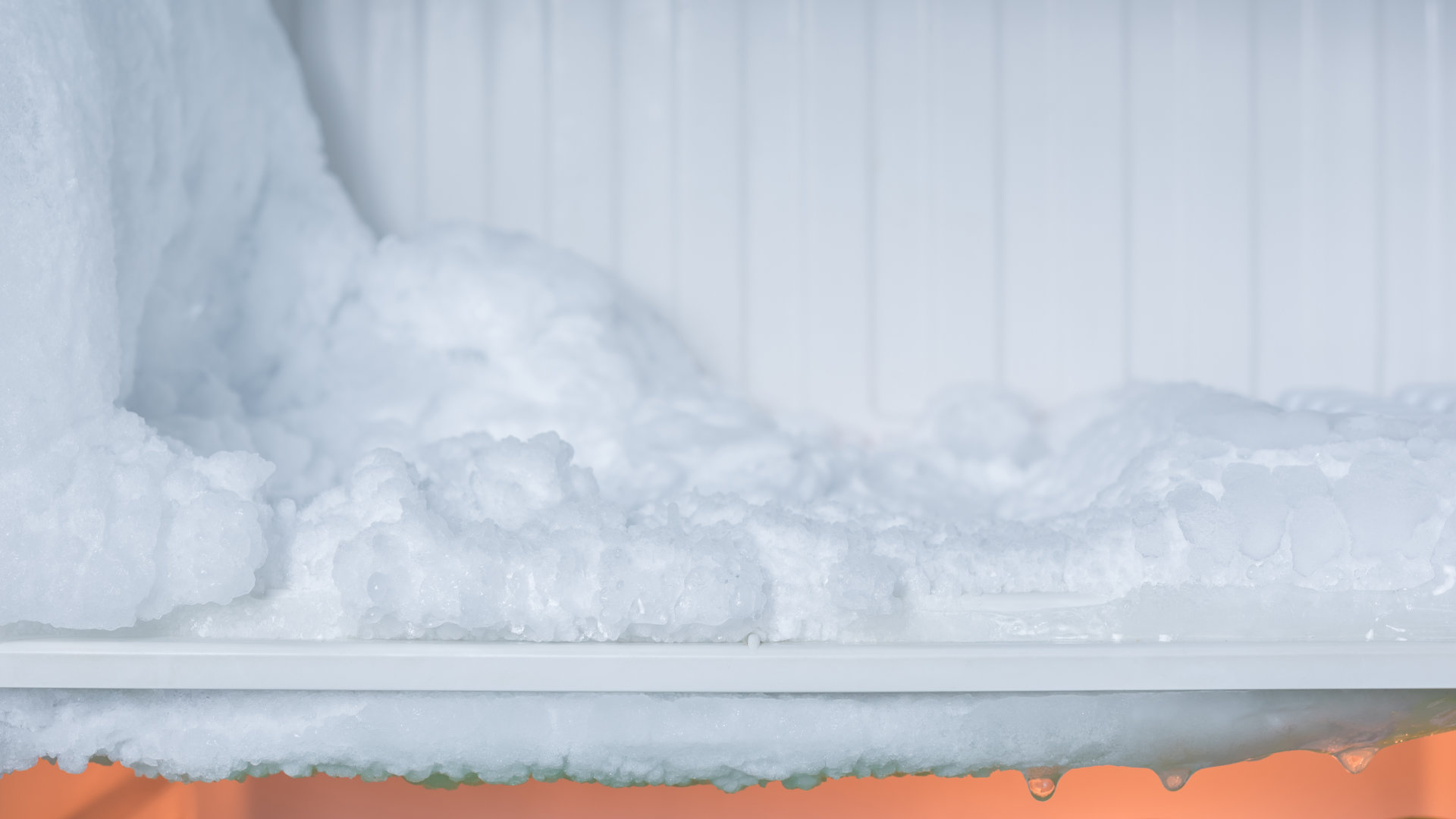
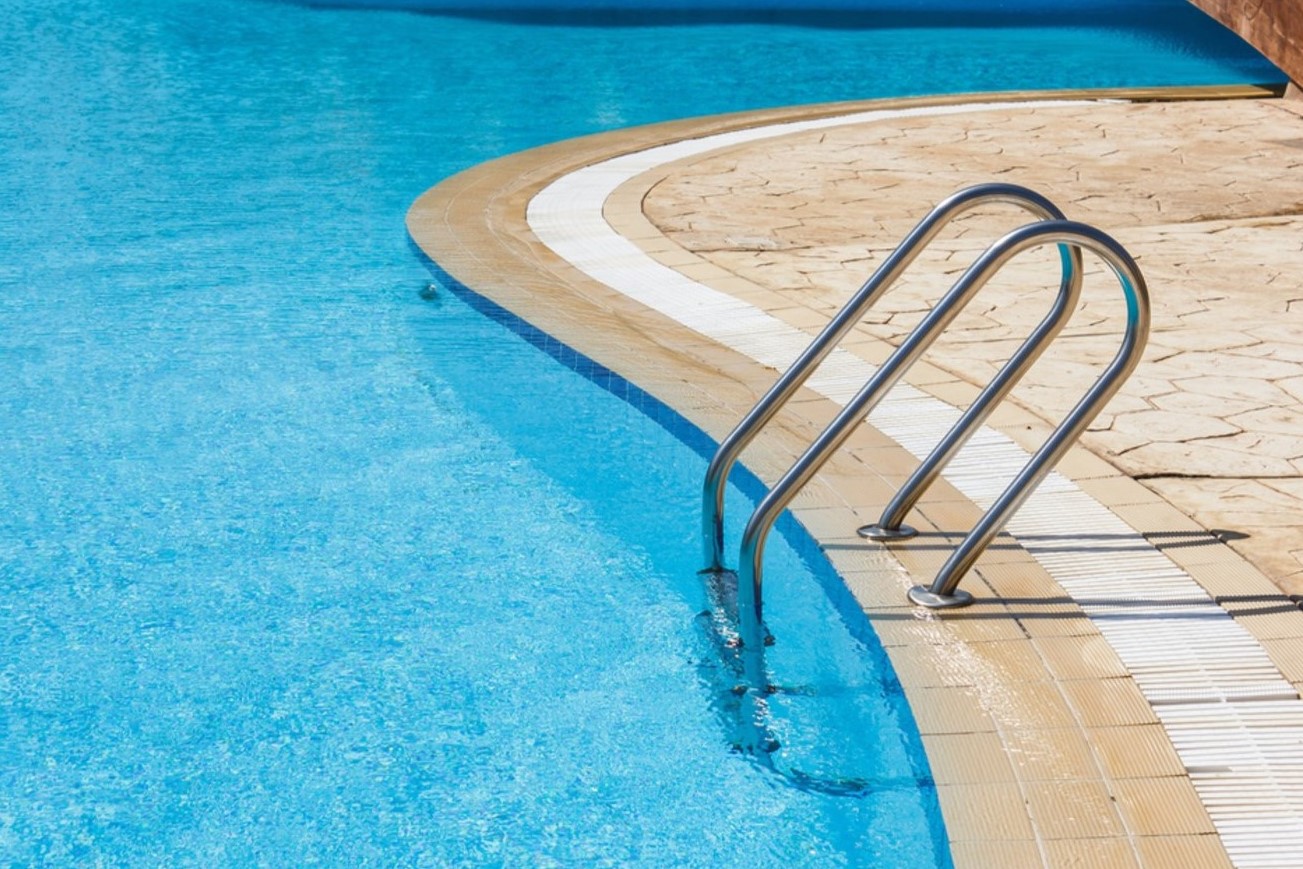
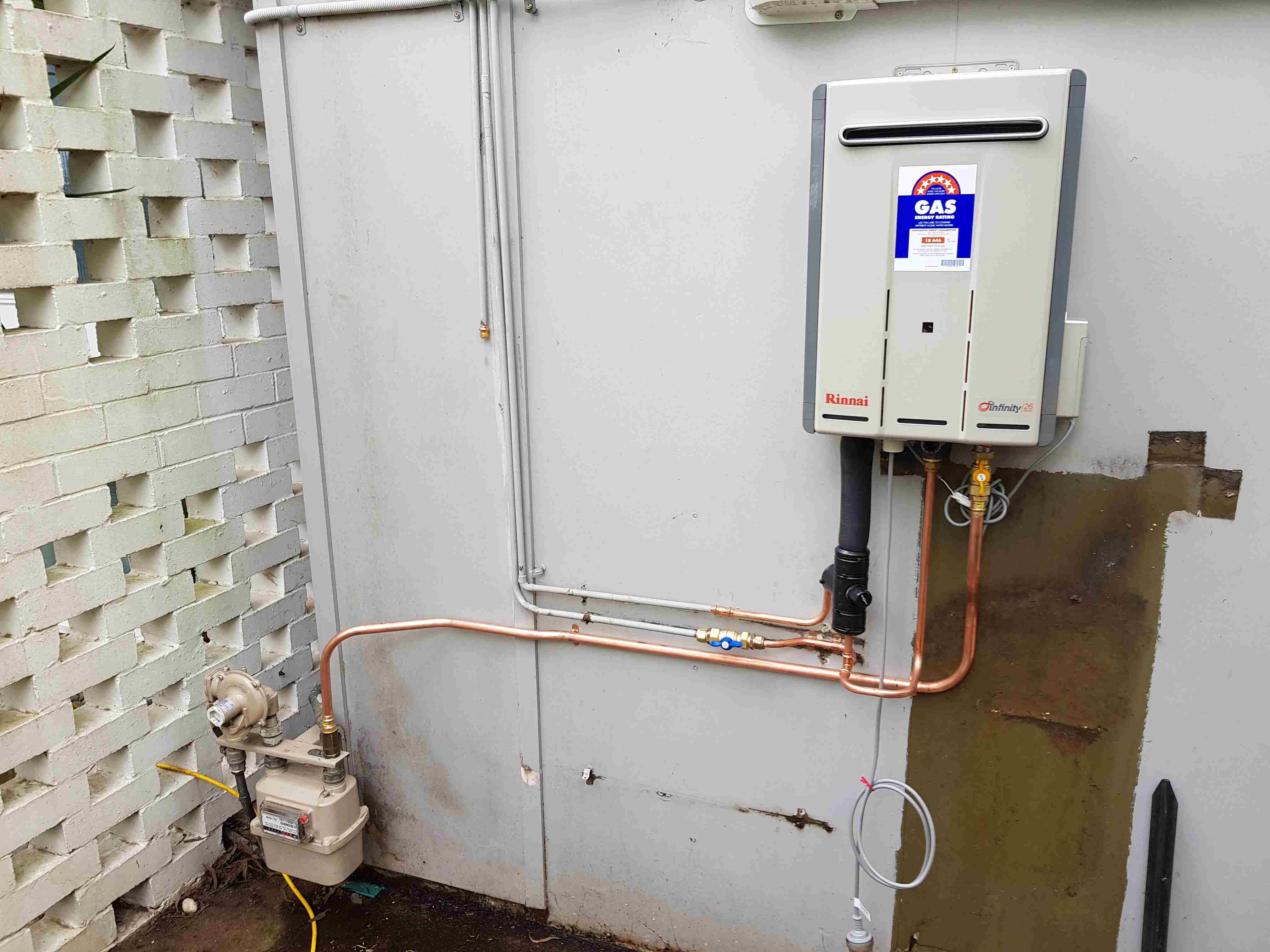
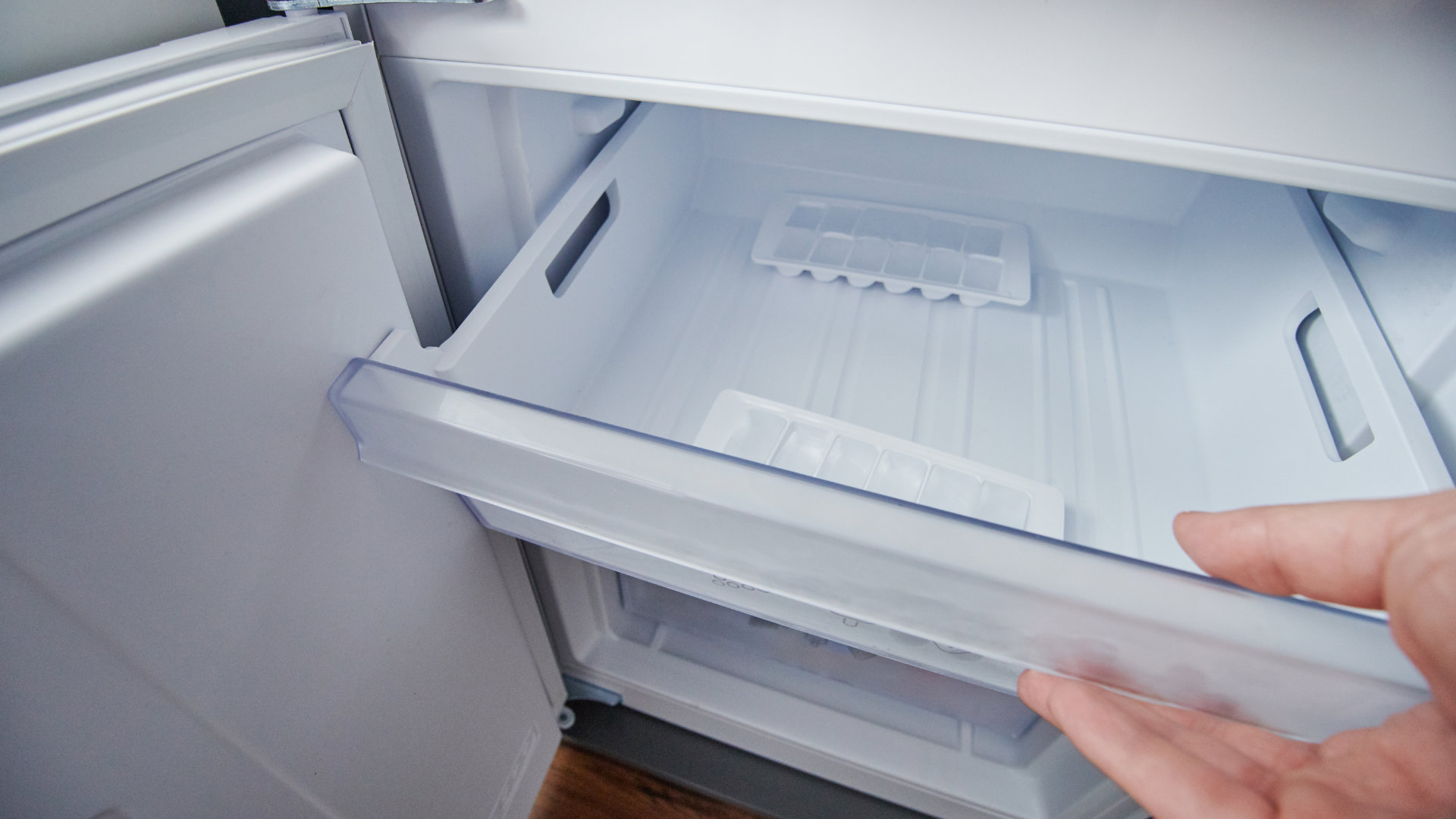
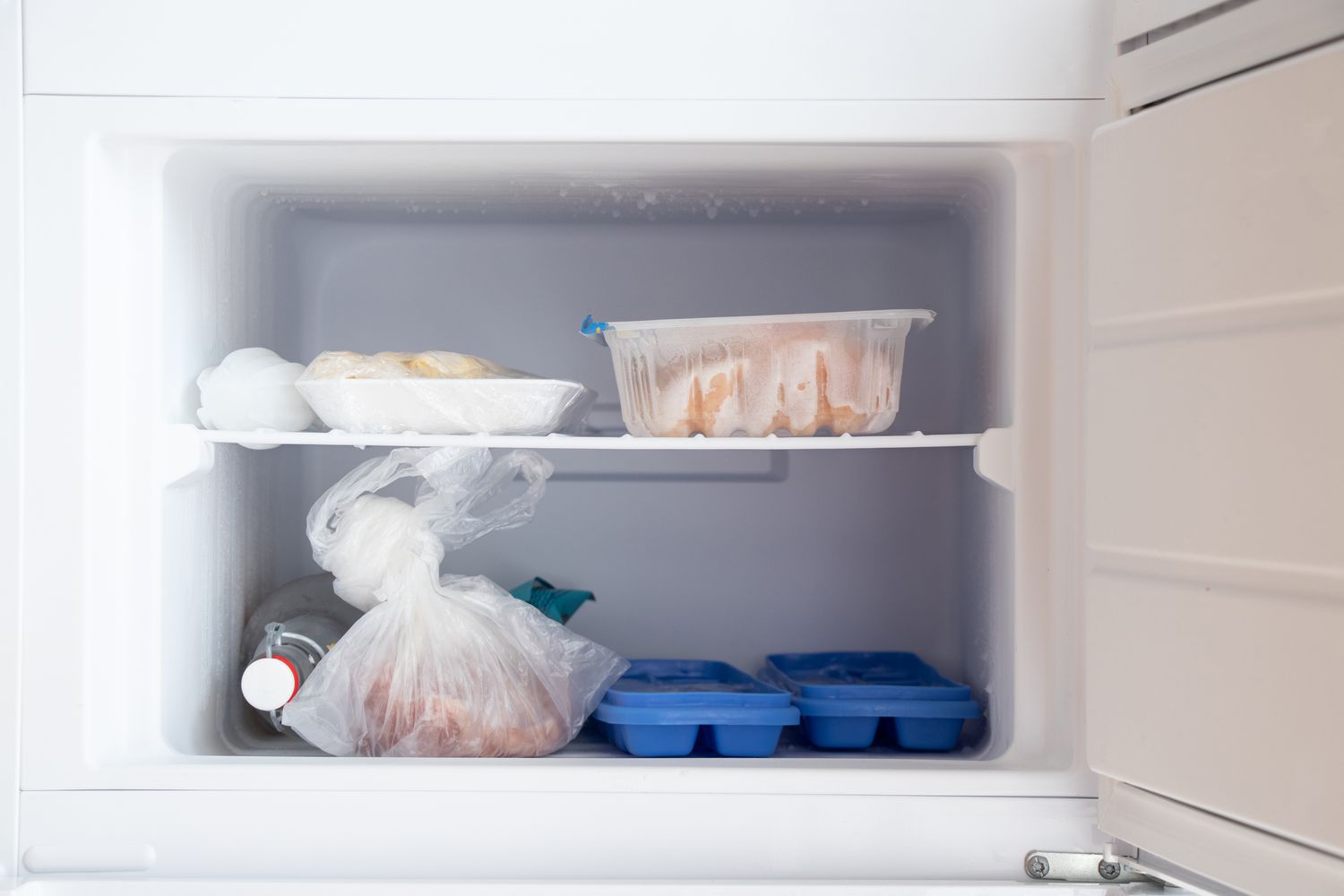
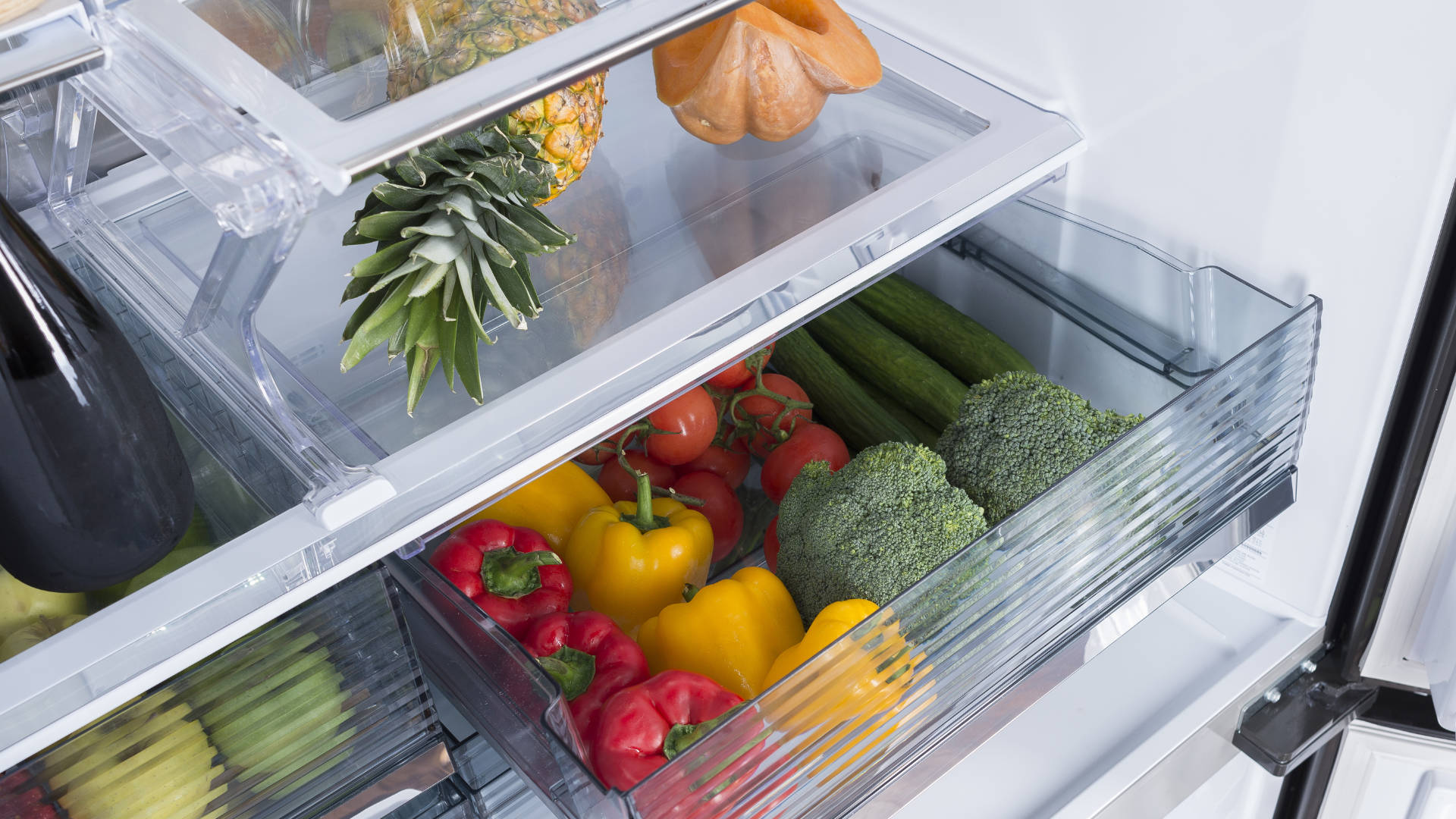
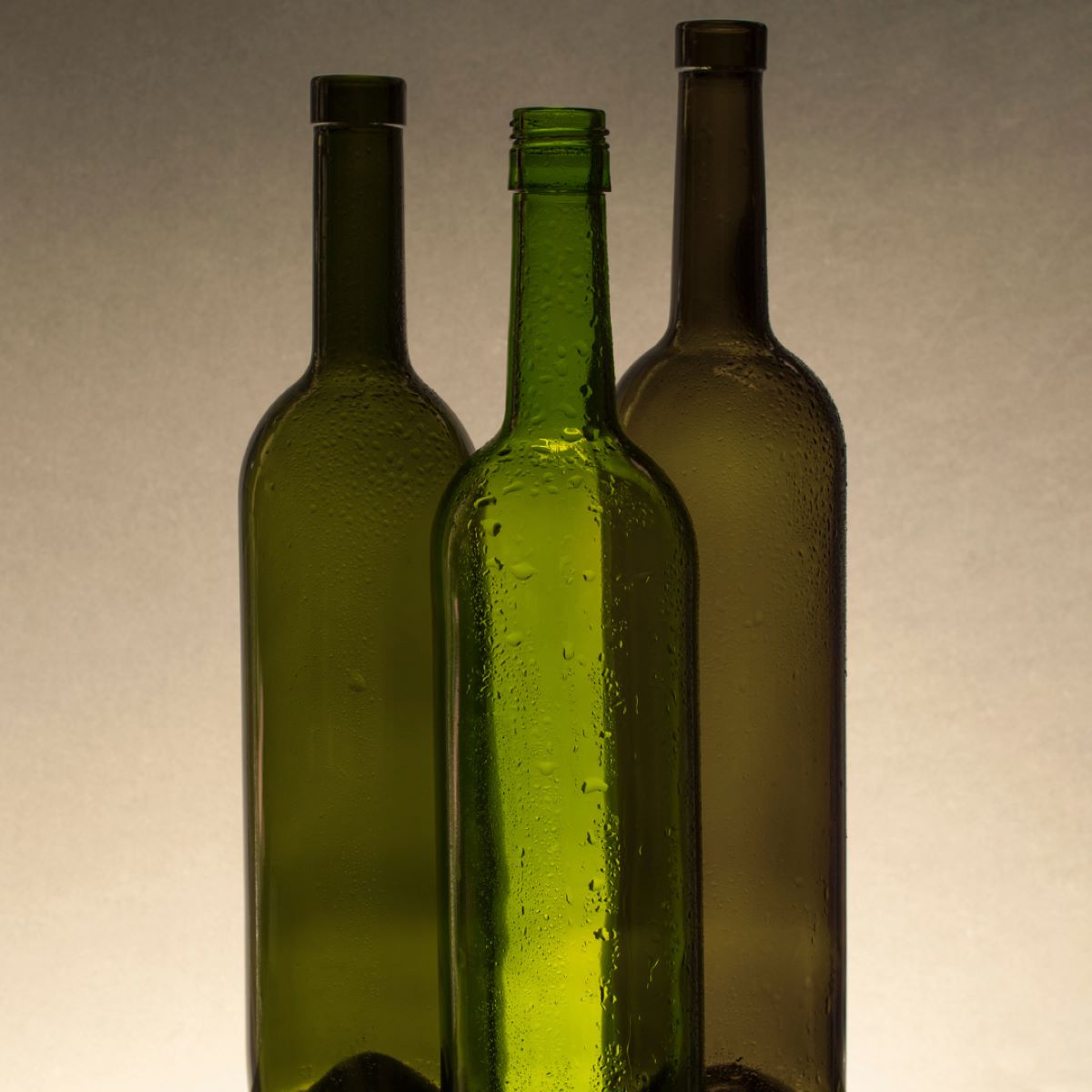
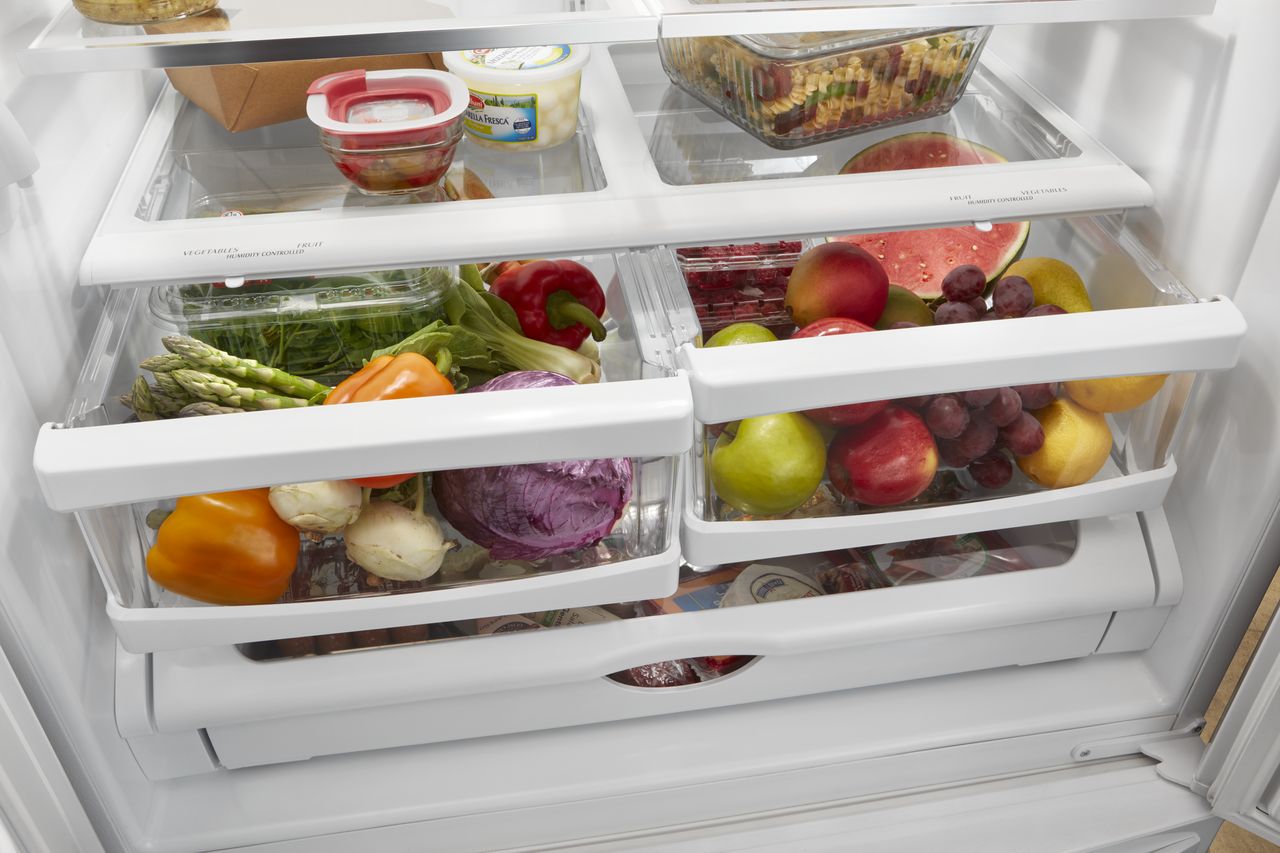

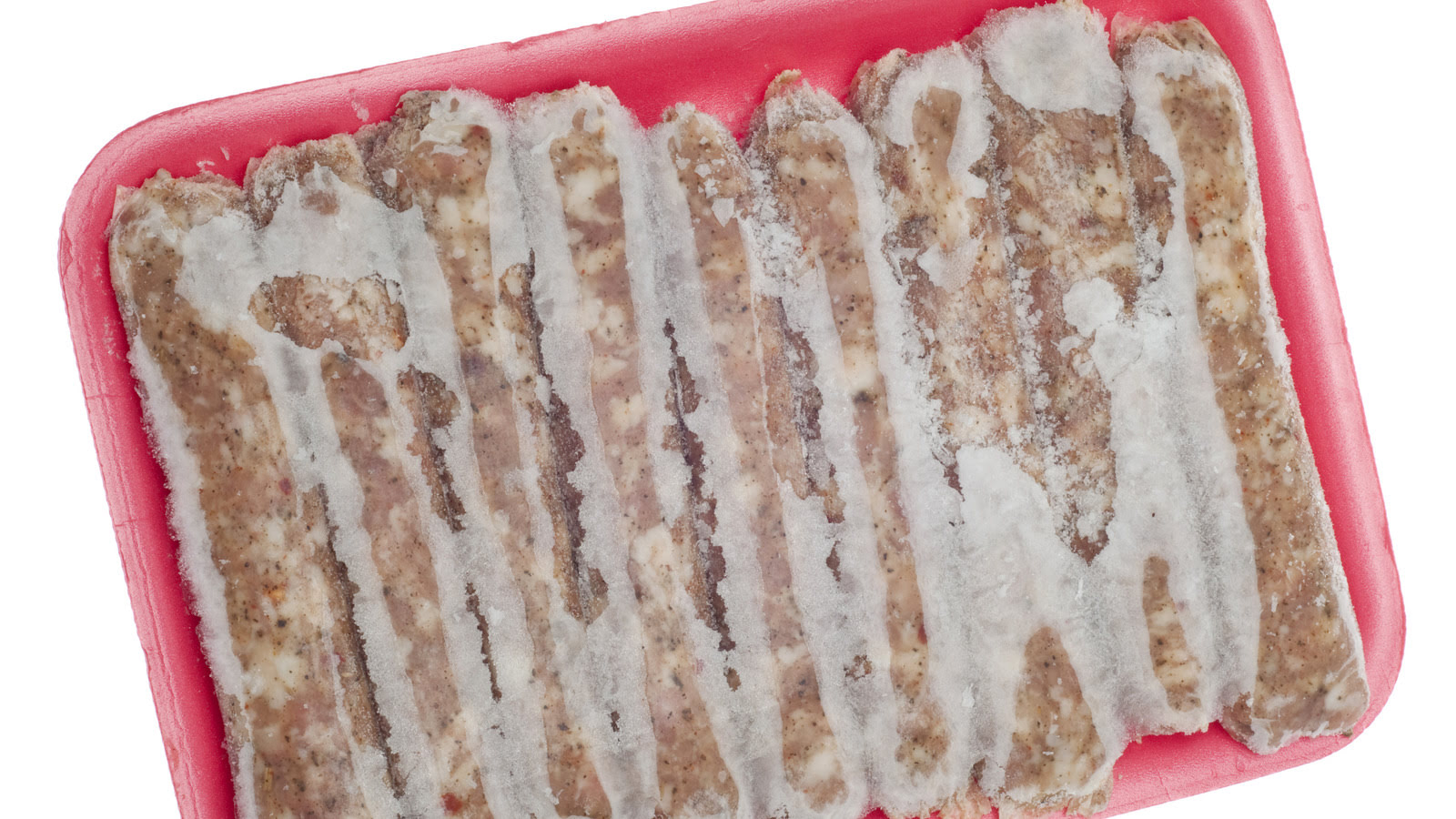
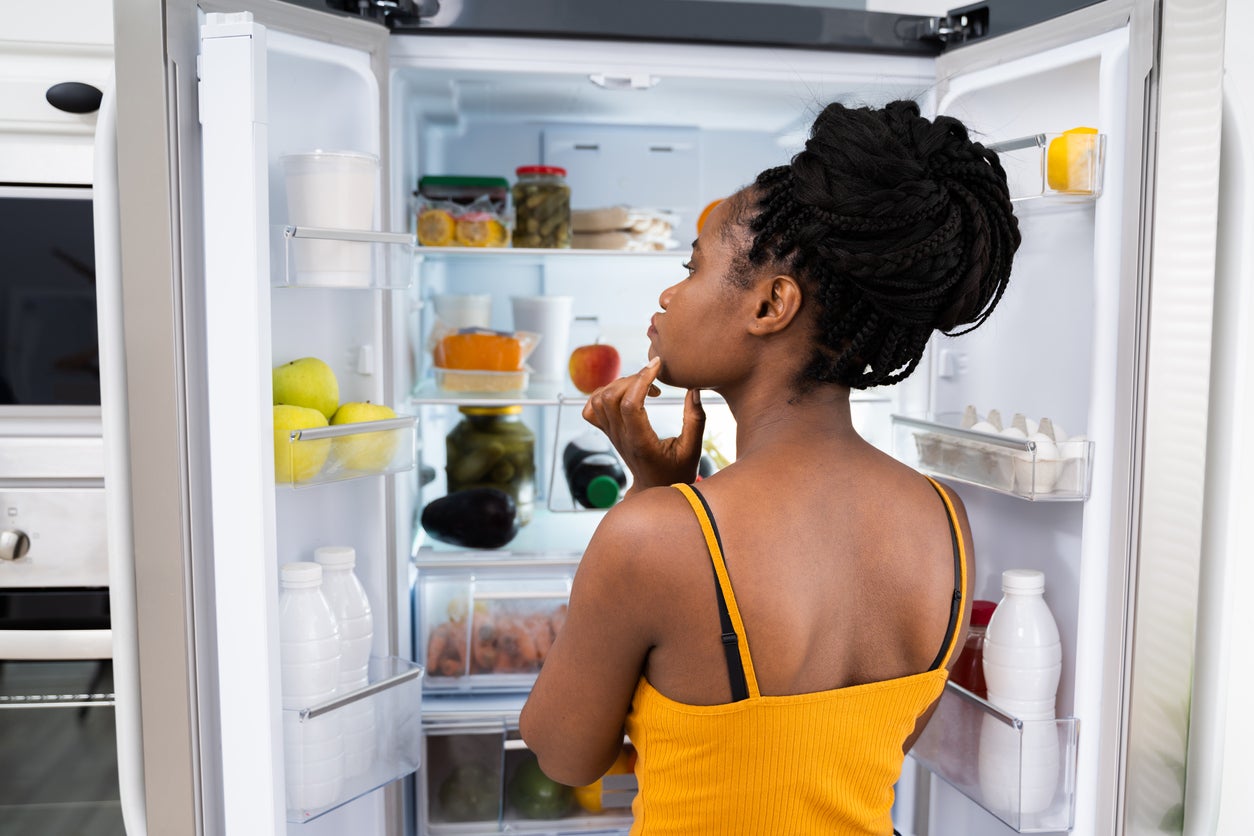
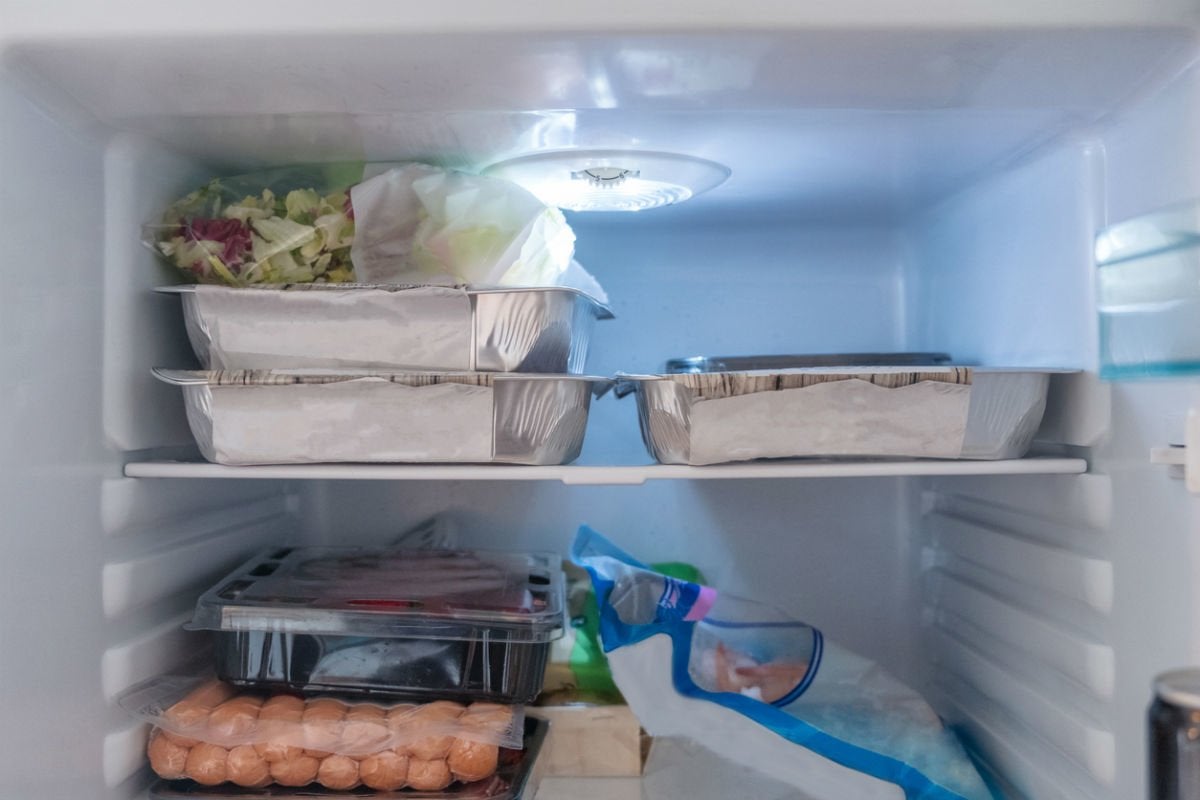

0 thoughts on “Why Does Soda Explode In The Freezer”